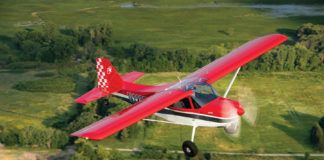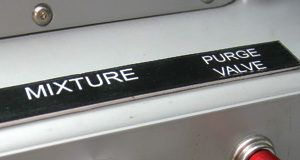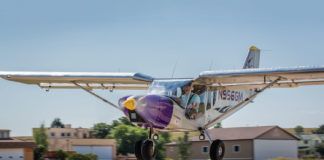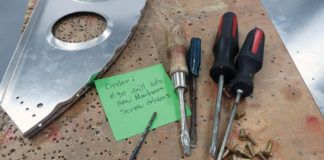EAA AirVenture has just ended as I write this, and we are still smiling from the memories of a great gathering of people and flying machines. As always, Oshkosh offered a wide variety of aircraft, ideas and aerodynamic devices. Here is a brief aerodynamicists photo tour of some of the more interesting ways to manipulate air molecules seen at this years show.
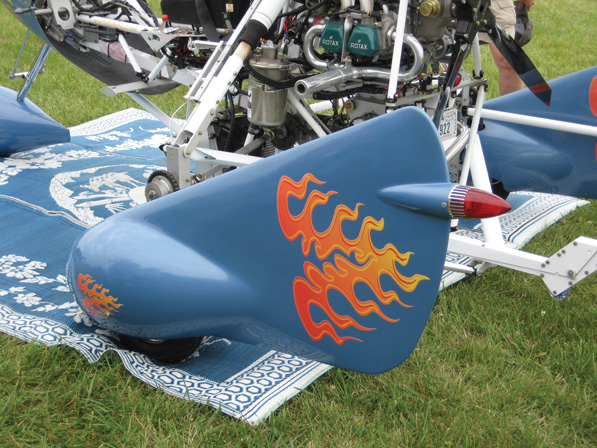
How about these wheel fairings on Larry Neals Super Sky Cycle? The fins on these fairings act as supplemental vertical stabilizers and improve directional stability. The flames and the Caddy taillight have little aerodynamic effect, but they do add cool.

Aft-body strakes are used to improve longitudinal stability at high angles of attack, and aid stall recovery. They can also help improve directional stability. Strakes were very much in evidence this year at Oshkosh, as we can see from these three examples (left to right): Cessna Citation Mustang, Diamond D jet and Cirrus Vision Jet.
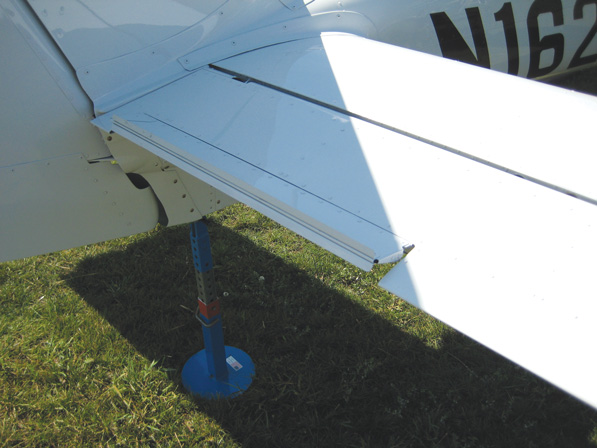
Check out the T strip on this Cessna 162 SkyCatcher LSA elevator. T strips like this are generally used to increase the restoring tendency of a control surface. This increases hinge moment when the surface is deflected, and makes the control forces heavier. It also improves the stick-free centering of the surface. T strips are commonly used to tailor stick forces to get the desired pitch feel and stick force per G.
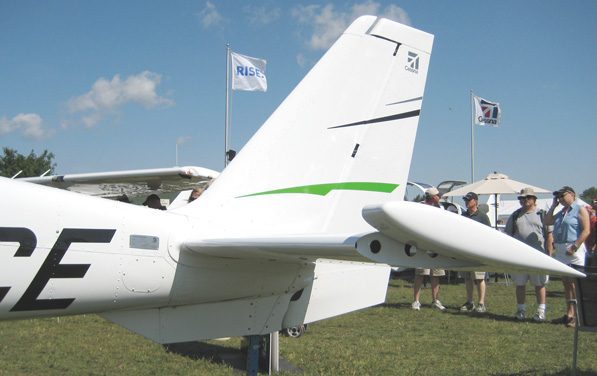
Here we see the modified vertical fin and rudder on the Cessna 162 SkyCatcher. Cessna has added a ventral fin and extended the rudder down onto the ventral. These modifications improve the spin recovery characteristics of the airplane, and also increase directional stability and rudder authority.
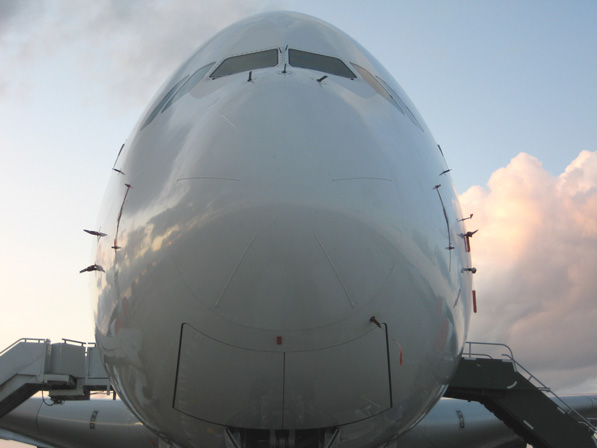
The Airbus A380 doing its best imitation of a porcupine. Probes, probes everywhere!
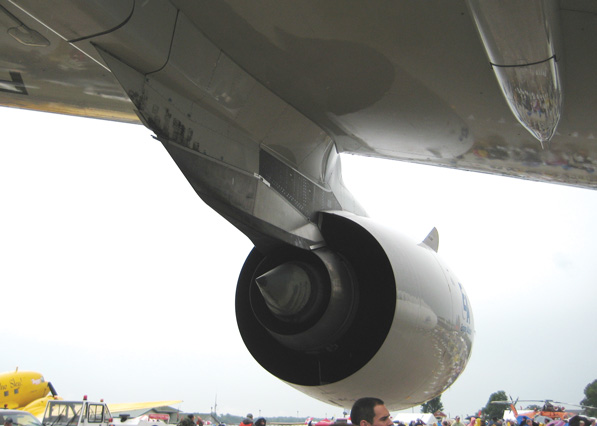
Have a close look at the Airbus A380s engine pylon fairings: Several fillets and fairings are needed to make the airflow behave at the junction between the A380 outboard engine pylon and the wing. Note also the flow control strake on the nacelle itself.
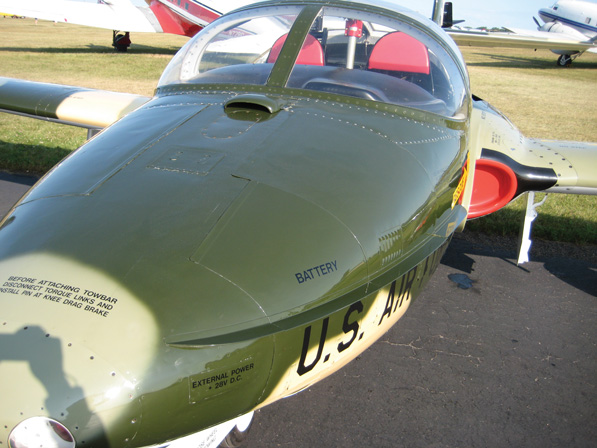
Cessnas T-37 jet trainer also features anti-spin strakes on the nose to control the flow at high angle of attack and force the flow to separate symmetrically. This reduces the side force produced by the nose in a spin, and improves spin recovery.
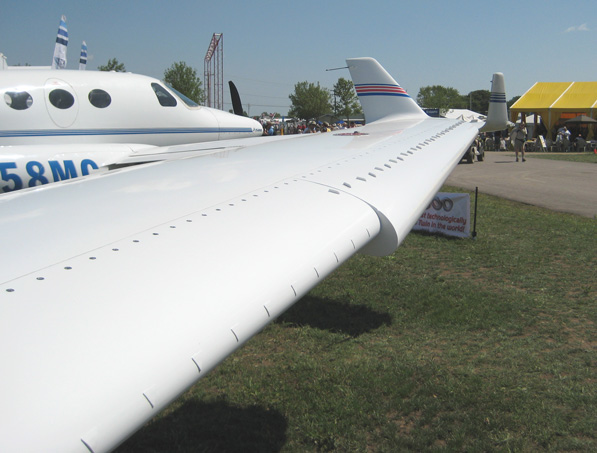
The wing of the Adam A500 is a virtual garden of aerodynamic devices. It sports triangular vortex generators (triangulators) inboard, blade vortex generators outboard, an anti-spin leading-edge cuff and winglets.










